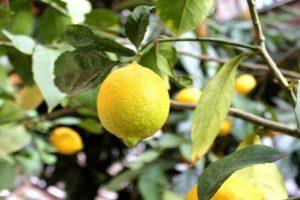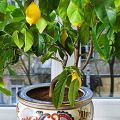How to grow a fruit-bearing lemon at home from a seed, planting and care, fight against diseases
Not every amateur florist knows how to grow a fruit-bearing lemon from a seed at home. In general, the procedure is simple, but in order for the plant to become not just a green decoration of the room, but also to bear fruit, you need to know some secrets. You will need to be patient, since the tree will please the harvest only after a few years. He will need to provide proper care and learn how to correctly form the crown, however, first things first.
Suitable variety for a house or apartment
Is it possible to grow a full-fledged lemon tree from a seed in an apartment? Subject to certain rules and recommendations, it is very possible. Not all varieties and varieties are suitable only for cultivation in the room. So before deciding grow lemon at home, it is necessary to study well the theoretical material and recommendations of experienced florists.
Pavlovsky
In this variety, the tree grows up to 2 meters in height without correct molding and pinching. Fruits reach a mass of half a kilogram, have a pleasant sweetish taste. The leaves of this lemon contain many aromatic substances, so it fills the entire room with a pleasant fragrance.
Meyer
This plant is a hybrid. It was obtained by crossing grapefruit and lemon. The tree is distinguished by its compact small dimensions, high productivity, and falls into a dormant period. The fruits grow up to 150 grams in weight, with a pleasant sweet and sour taste.
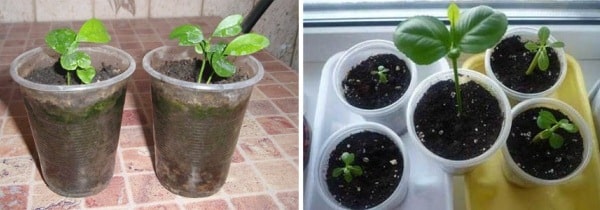
What young seedlings look like
Young seedlings of the lemon tree are not much different from other citrus fruits. Inexperienced citrus growers are advised to grow several seedlings at once, so that in case of errors there is a fallback. It happens that several shoots sprout from one bone. In this case, you just need to remove the weak, and leave the strongest.
Seed germination
To speed up the sprouting process, some craftsmen recommend removing the top husk from the seeds. However, this operation must be performed with extreme caution, because even minor damage to the lemon seed leads to the fact that it will not be possible to get seedlings from it at all.Many people prefer to wait longer but avoid this process.
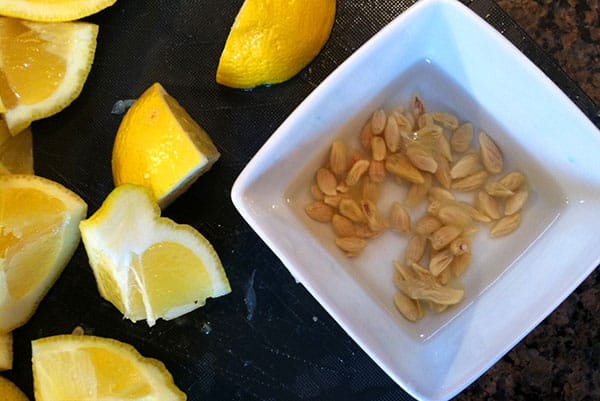
Preparation of the bone
Before planting in the ground, the lemon seed must be wet. To do this, they are soaked overnight in warm water or a growth stimulator. You can not sow seeds that have long been removed from the fruit. The number of seedlings increases significantly if the lemon seed is thrown into warm water immediately after extraction, and then embedded in the prepared substrate.
Drying of seeds between soaking and sending to the nutrient mixture is unacceptable.
Planting substrate and pot size
For planting lemon seeds, choose a small pot with the obligatory presence of drainage holes. A 2 cm thick expanded clay drainage layer is laid on the bottom.To prepare the soil, the following components are used:
- humus;
- river sand;
- garden land.
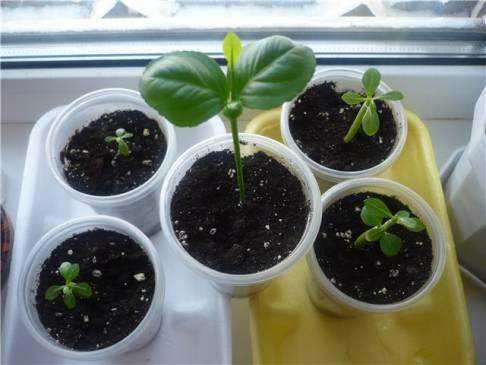
So that fungal diseases do not develop in the soil mixture, it is advisable to add crushed charcoal there. You can also use a commercial soil mixture for growing lemons and other citrus plants, which can be purchased at any specialty store.
Disinfection and fertilization of soil
Before planting lemon seeds, not only wood ash is added to the ground, but also treated with a solution of potassium permanganate. There are many more ways to kill pathogens of certain diseases in the earth. In particular, it can be:
- hardening the earth in the cold;
- calcining the soil in the oven;
- steaming in a water bath;
- the use of special tools and preparations.
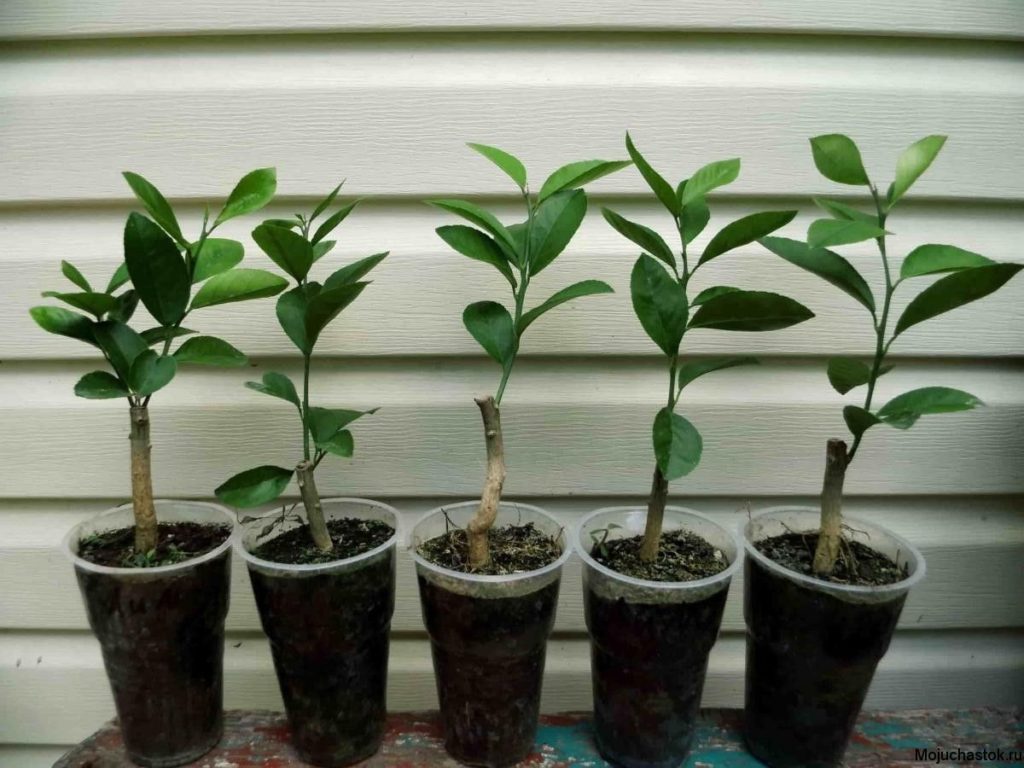
At the initial stage of planting, no additional fertilization is required for the lemon. A properly prepared soil mixture contains all the necessary substances and trace elements.
Seedling planting technology
Lemon seeds should be planted to a depth of no more than 2 cm. In this case, several seeds can be placed in one container at once. The first transplant is carried out when 3-4 true leaves are formed on the seedlings, therefore, until this time, the seedlings will not interfere with each other. The pots are covered with cellophane and placed in a well-lit, warm place. Lemon will not germinate if the temperature of the ground and the surrounding area is below +18 ° C. At the same time, the air humidity is maintained at a higher level.
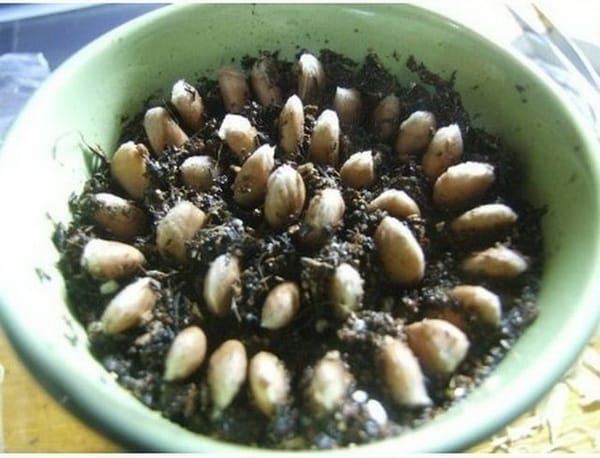
Germination dates
The average time for the emergence of lemon shoots from the moment of planting the seeds is from 1 week to 1 month. During all this time, the soil in the pot is sprayed from a spray bottle, and watering is done only if it is very dry.
Growing and caring after planting
When growing lemon from a stone at home, seedlings begin to accustom them to the surrounding climate gradually. For this, the greenhouse is slightly opened and aired. It will be correct to remove the film altogether when 3-4 real leaves appear on the sprouts. During this period, the plants are seated in separate containers. Young lemon must be skillfully looked after, otherwise all efforts to grow the tree will come to naught.
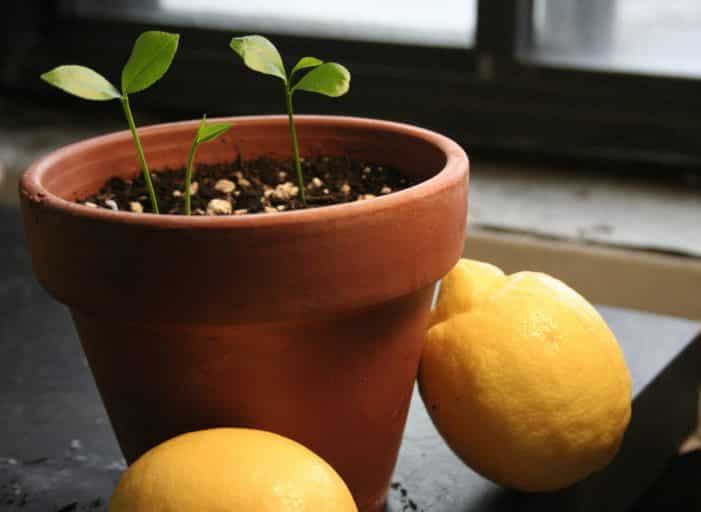
Watering
The fact that the lemon needs watering is evidenced by the state of the topsoil. It should not be allowed to dry out, which occurs especially quickly in a room with centralized heating. Watering the plant should be treated with special responsibility during the active growing season, when the buds begin to form.
Lemon is poured mainly in the evening, using water warmed to room temperature and settled.
Irrigation is carried out until excess liquid begins to flow out of the lower holes of the pot. It is removed immediately. If the air in the room is very dry, then it is necessary to spray the crown of a young lemon with a spray bottle.

Temperature regime
It can be difficult to maintain the temperature in an apartment at the same level. However, it should be remembered that the lemon tree is very sensitive to sudden changes in temperature. During the growing season, daytime temperature indicators are maintained at +20 - 24 ° С, and during the dormant period (in winter) - about +10 ° С.
Top dressing
Subject to the rules of agricultural technology in the first period of its life, homemade lemon does not need additional feeding. However, at the first signs of a shortage of mineral fertilizers or other components, it is worth fertilizing the soil immediately. Both organic and mineral preparations are used for this. The most commonly used saltpeter with the addition of potassium salt. To avoid phosphorus deficiency, it is advisable to add superphosphate to the ground. It must be remembered that this fertilizer tends to dissolve for a very long time.

From organics for growing lemons, only mullein and chicken droppings, previously dissolved in water, are used.
Cupping
If you do not produce on time crown formation in a lemon tree, then it will not bear fruit. As soon as the seedling grows to 20 cm in height (this usually happens at the age of one year), it is pruned. This is done before the tree leaves the dormant period and starts to grow. The top of the lemon must be pinched. Shoots are cut only up to the 4th order. All branches that contribute to the thickening of the crown must be removed immediately.
Will the indoor lemon tree bear fruit
Not every variety of indoor lemon is able to bear fruit without additional measures. Some of them are not capable of self-pollination, so you have to work hard during flowering to manually pollinate each flower. Without grafting, the harvest will have to wait longer, so experienced florists recommend that you be sure to vaccinate in the first year of the lemon tree's life.
Tree grafting methods
A lemon sapling can be planted in several ways. The choice of a specific one depends on practical skills, knowledge base and preferences of the grower.
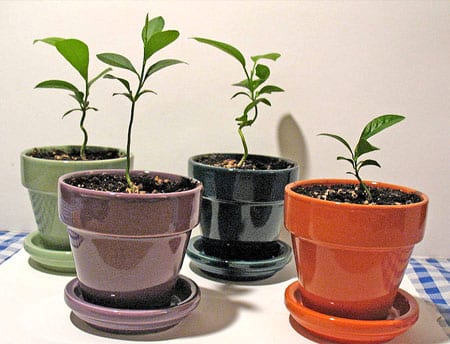
Grafting into cleft
To use this technique, the lemon stock must be cut at a height of 10 cm from the ground and split in the center to a depth of 3 cm. The graft containing 4 buds is inserted into the split. It is advisable to give it a wedge-shaped shape by cutting the edge along an oblique edge with a sharp knife.
The place where the lemon was grafted is wrapped with cellophane or electrical tape, and also treated with garden varnish.
Budding
It is budding that is considered one of the simplest ways of grafting plants. The terms of the work stretch from mid-spring to the very end of summer. The plant has an active process of sap flow at this time. In order to plant a lemon in this way, you need to select an shoot with a bud, and then make one horizontal incision on it with a sharp knife above the bud by 1 cm, and the second - 1.5 cm below.
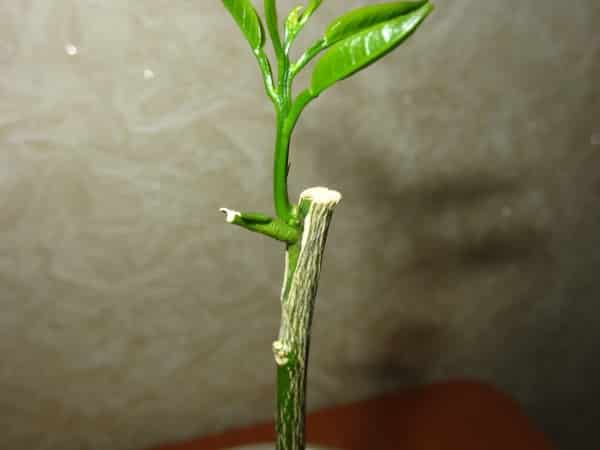
To engraft a stalk, it is necessary to make a T-shaped incision on the bark of the future rootstock. Lemon bark in this place is slightly bent, and a ready-made scion is inserted into the formed crevice. The place of the scion is wrapped with electrical tape in such a way that the bud remains open. The surface is treated with garden varnish. For grafting a lemon by budding, it is better to choose a cloudy day.
The main problems in growing
Lemons are difficult to grow. Like other indoor flowers, they can be affected by various diseases and be negatively affected by pests.

Lemons die or grow poorly
There can be several reasons for such problems. First, unscrupulous sellers often give a gullible buyer a plant that was grown in southern countries in the open field. Such a lemon tree is not able to acclimatize to living conditions, and is doomed to perish.
Secondly, novice citrus growers often make the mistake of choosing too large a pot for the plant. They assume that in this way they will save the lemon from unnecessary transplants. However, the roots of the plant soon begin to rot, and its growth stops.
Shoots turn yellow and dry
The reason for the yellowing of lemon leaves and drying of the shoots can be the mistakes of the grower. If there is a narrow window sill, some of them decide to move the plant deeper into the room. As a result, the tree lacks light, discards foliage, and begins to wither. The lemon pot should be insulated, because in winter the pot is supercooled from the window, and warm air goes to the crown from the battery. Due to this temperature drop, the plant loses its attractive appearance, its leaves turn yellow and fall off.

Plant diseases and pests
Lemons can undergo viral diseases, as a result of which they not only lose their decorative qualities, but may even die. These diseases include:
- sheet mosaic;
- citrus cancer;
- tristeza;
- homoz;
- anthracnose;
- scab;
- root rot.
It is possible that lemon is damaged by pests, the most common of which are:
- shield;
- common aphid;
- spider mite;
- root aphid.
In order not to destroy the plant, preventive measures should be taken in time. When the first signs of lemon damage are found, it is necessary to carry out treatment with insecticidal preparations or other special-purpose means.

